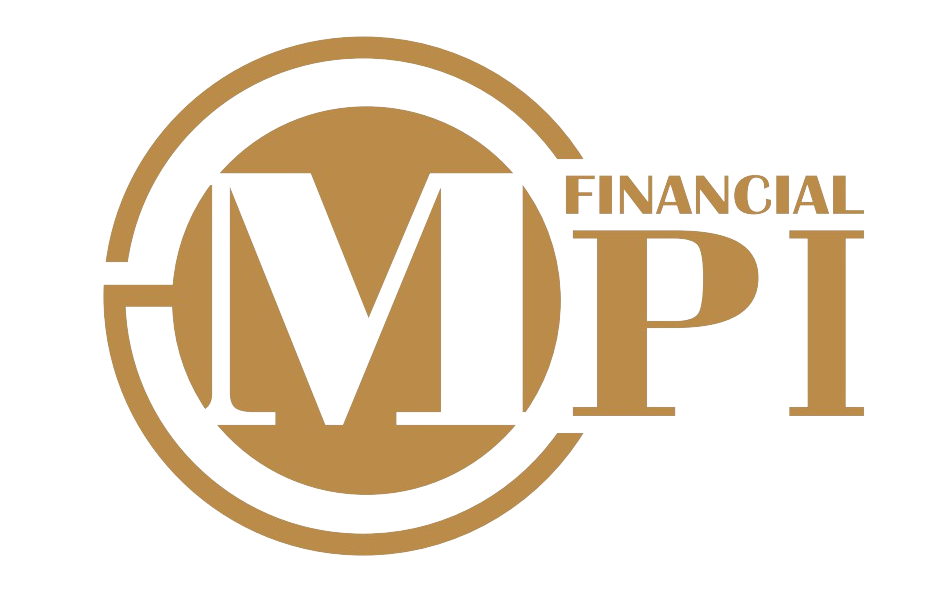How can property owners avoid mortgage prison?
- November 30, 2022
- Posted by: admin
- Categories:
Falling property prices will push some loan-to-value ratios higher than 80%, making refinancing without lenders mortgage insurance difficult, says comparison website Canstar.
As mortgage holders grapple with ongoing rising interest rates, Canstar says borrowers are feeling “stuck” in mortgage prison, with a limited ability to refinance without purchasing LMI.
Canstar says a growing number of mortgage holders have switched lenders to cut their loan costs, with the ABS reporting $12.8bn in owner-occupied loans were refinanced to a new lender in August this year.
“An escape from rising interest rates is to refinance to a lower rate loan and cut monthly repayments along with the interest paid over the life of the loan,” said Canstar’s editor-at-large and money expert Effie Zahos (pictured above left).
“If the price of your property has fallen and pushed your LVR ratio above the 80% mark, you could find that when you go to refinance to secure a lower rate, you won’t be able to without having to pay costly LMI. This is an expense that no borrower wants to incur at the best of times.”
Zahos said the Reserve Bank was predicting national property prices could fall by 20% over the next two years.
“Borrowers who are already stuck in mortgage prison can potentially still do something about it to help lower their loan costs,” she said.
“The easiest option is to downsize your loan. Call your lender and ask to speak to their mortgage variation specialist to see if there is a more suitable, cheaper alternative loan they can offer you. You may still be able to refinance to a new lender and loan if your LVR has increased, but the options will be limited and you’ll likely have to pay LMI, so look for LMI discounts.”
Zahos said by asking your lender to switch from their package variable rate loan to their lowest offer (usually a basic variable rate loan), could cut loan repayments significantly and provide some rate relief without having to refinance to a new lender.
“As an example, switching from the average package variable rate to a basic variable rate for a $500,000 loan over 30 years could cut the interest rate by 0.14% and repayments by $43 per month, while the total interest over the life of the loan could be shaved by about $15,334,” she said.
Zahos for customers on a package variable rate with one of the big four banks, making the switch from the average package variable rate to the average basic variable rate could cut monthly repayments on a $500,000 loan by approximately $425 and potentially wipe more than $152,000 in interest over the 30-year loan term.
Canstar finance expert Steve Mickenbecker (pictured above right) said mortgage holders should stress test their home loan now before it was too late.
“Our latest analysis has revealed average monthly mortgage repayments have risen by 35% since April, adding $730 to monthly repayments for an owner occupier with a $500,000 loan over 30 years,” Mickenbecker said.
“Repayments on this loan today would be approximately $2,833 per month. This would amount to 37% of a borrower’s pre-tax monthly income, based on the average monthly income for one full-time worker at $7,669, according to the ABS.”
Mickenbecker said mortgage stress was a real possibility facing many households as more rate rises, higher living costs and the cost of Christmas compound the situation.
“It’s important that borrowers do something now rather than wait until they are desperate as the options they have now may dry up if they delay action until their situation is dire,” he said.
“When you’re struggling to pay the loan and the bills, you’ll struggle to get a loan approved. Loan repayments are absorbing a higher proportion of incomes now than six months ago and probably more again in the coming months.”
Canstar has compiled three ways mortgage holders can prepare now before facing mortgage stress:
Refinance to a lower-rate loan before it’s too late
Mickenbecker said if you were a customer with one of the big four banks, it was likely you were on a package loan that bundled your home loan with other financial products at a discounted interest rate.
“The pros of this are refinancing into a lower interest rate will reduce the monthly repayment and the total interest paid over the total term of the loan,” he said. “However, the cons are there may be fees associated with refinancing.”
Consider the pros and cons of extending your loan term
Mickenbecker said one way to shave money from a loan repayment was to refinance and take out a new 30-year loan, but it could cost more in the long run.
“Pro’s here are paying the loan off over a longer period which will reduce the amount of your regular repayments,” he said. “However, the cons are as you are paying off the principal at a slower rate, so you will pay more in total interest over the life of the loan and you will also be paying off your loan for a longer period.”
Decide if switching to an interest-only loan could help with a repayment reprieve
Mickenbecker said with owner-occupied home loans, typically each mortgage repayment paid off the interest and some of the principal of the loan.
“The pros in this instance are if you are no longer paying off the principal, the repayment will be smaller. However, if the repayment is no longer paying off the principal, the total interest paid over the life of the loan will increase. Also, your repayments are not building any equity in your home while you are only paying off the interest.”
Resource: brokernews.com.au

